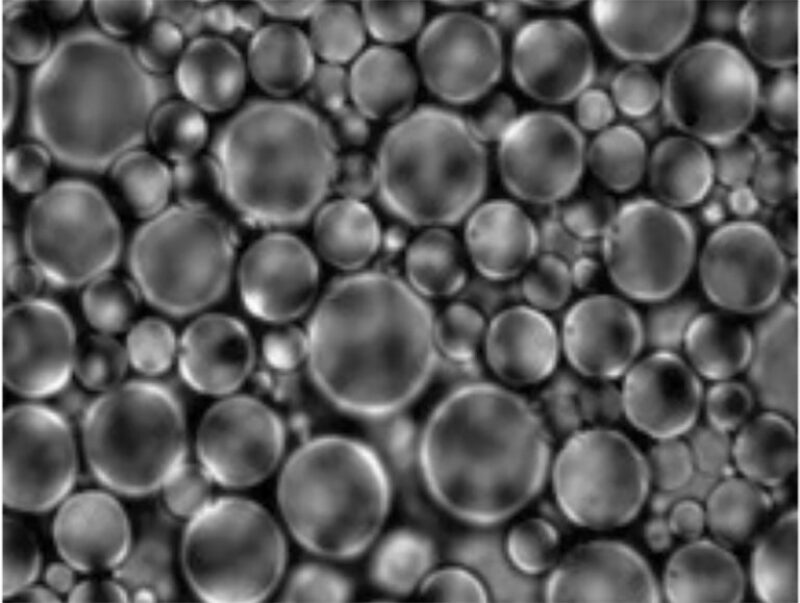In recent years, many studies have focused on investigating formation damage caused by produced-water reinjection (PWRI). Nevertheless, many questions about this subject remain unanswered, particularly with respect to the occurrence of this phenomenon in unconsolidated sands. This paper describes a coreflooding program performed with sandpacks at different permeabilities, water qualities, and injection conditions.
Introduction
The authors performed a complete experimental laboratory study using suspensions containing solid particles, mono-sized oil droplets, or both. Several coreflooding experiments using highly permeable sandpacks were performed over a long duration, during which significant volumes, sometimes reaching 100 L, have been injected. Also, permeability evolution has been monitored along three sections of each sandpack in order to better understand the dynamic of associated formation damage.
A schematic of the experimental setup used to carry out the coreflooding experiments is shown in Fig.


